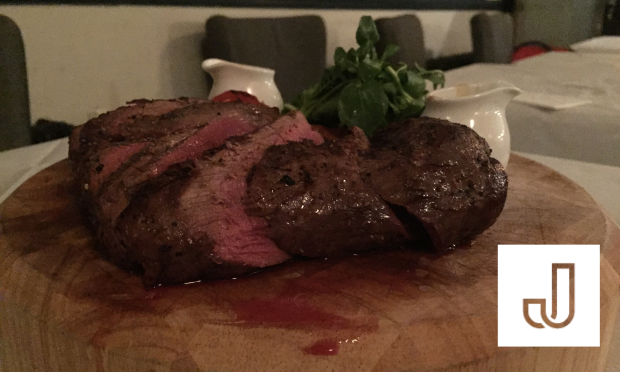 Before even getting bespoke, I always suggest to my guys that they start by increasing protein intake at the expense of carbohydrate to moderate their calorie consumption. Rather than regurgitating bro-science, I’m going to refer directly to Halton’s 2004 protein study to explain why:
Before even getting bespoke, I always suggest to my guys that they start by increasing protein intake at the expense of carbohydrate to moderate their calorie consumption. Rather than regurgitating bro-science, I’m going to refer directly to Halton’s 2004 protein study to explain why:
The two main benefits of a higher protein diet are satiety and thermogenesis (the production of heat in the body).
Thermogenesis increases energy expenditure as your body digests, absorbs and disposes of the ingested macronutrients. Protein exerts a far greater thermic effect than either fat or carbohydrate, averaging 20-35% of energy consumed, whereas carbohydrate can be as low as 5% (Westerterp 1999). It might not make much difference initially, but over months it could become significant.
A higher protein diet greatly improves the chances of adhering to a calorie deficit long-term because of the satiety effect. However, your state of fullness is also influenced by a wide variety of additional factors such as taste, food volume, nutrient density, fiber content and glycemic index. A high-carbohydrate diet (especially refined carbohydrates) has the reverse effect and actually decreases satiety, and as a result, increases subsequent calorie consumption (Ludwig 1999). Higher protein diets also have the added benefit of lowering blood pressure.
The International Society of Sport Nutrition (ISSN) recommends 1-1.8g of protein per kg of bodyweight, dependant on training goal. And when partitioning macros, I normally suggest 20-30% of total calories come from protein sources.
References
Halton, T.L. and Hu, F.B., 2004. The effects of high protein diets on thermogenesis, satiety and weight loss: a critical review. Journal of the American College of Nutrition, 23(5), pp.373-385.
Westerterp, K.R., Wilson, S.A.J. and Rolland, V., 1999. Diet induced thermogenesis measured over 24 h in a respiration chamber: effect of diet composition. International journal of obesity, 23(3), pp.287-292.
Ludwig, D.S., Majzoub, J.A., Al-Zahrani, A., Dallal, G.E., Blanco, I. and Roberts, S.B., 1999. High glycemic index foods, overeating, and obesity. Pediatrics, 103(3), pp.e26-e26.
 Meals containing EXACTLY the same amount calories but different macro splits (protein, carbohydrate and fat), can have contrasting effects on perceived hunger and your subsequent food intake.
Meals containing EXACTLY the same amount calories but different macro splits (protein, carbohydrate and fat), can have contrasting effects on perceived hunger and your subsequent food intake.
